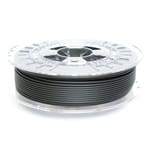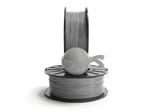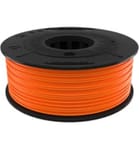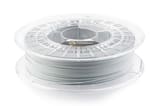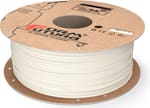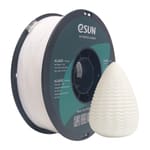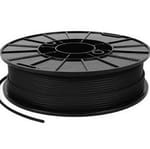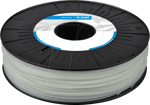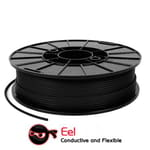TPE, or thermoplastic elastomer, is a category of rubber-like plastics that are great for printing anything that needs impact or vibration resistance, non-slip characteristics, or just plain old flexibility.
Used in dampeners, non-slip feet, phone cases, and the like, TPE deforms and compresses easily to counter loads, making it incredibly durable. Although sometimes tricky to print with, the results are often well worth the struggle.
In this article, we’ll go over some general printing and storage tips before jumping into our top picks of TPE filament. But first, we need to talk about TPE’s close relation, TPU.
What About TPU?
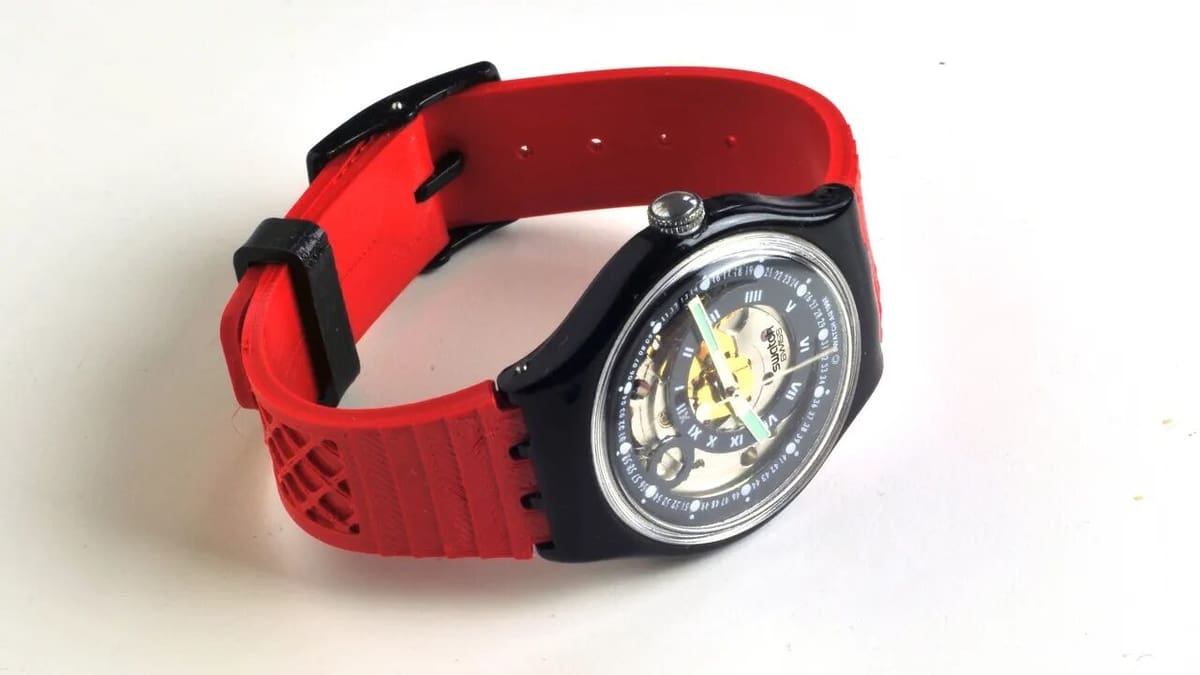
TPU, or thermoplastic polyurethane, is another common flexible material and is easily confused with TPE. So what’s the difference between the two (other than one letter)?
A simple explanation is that TPU is a type of TPE. That’s because TPE isn’t really one specific material; it refers to a range of elastic thermoplastics, of which TPU is one.
Recently, “TPU”, both as a term and as a material, has been gaining popularity over “TPE”. In today’s 3D printing scene, most flexible offerings are TPU-based materials, with TPE having fallen largely out of favor due to difficulties faced while printing.
To avoid any confusion, this guide will differentiate the materials based on technical hardness ratings. Flexibles rated at 90A hardness or below will be considered TPE, even if the material is TPU-based.
Given the few true non-TPU offerings available today, this way of differentiating the material categories is easiest. In the following list, you’ll see some items that are in fact TPU-based, but just soft enough for us to consider them to be TPE filaments.
But first, let’s go over how to handle your TPE filament should you get your hands on some.
Printing & Storage
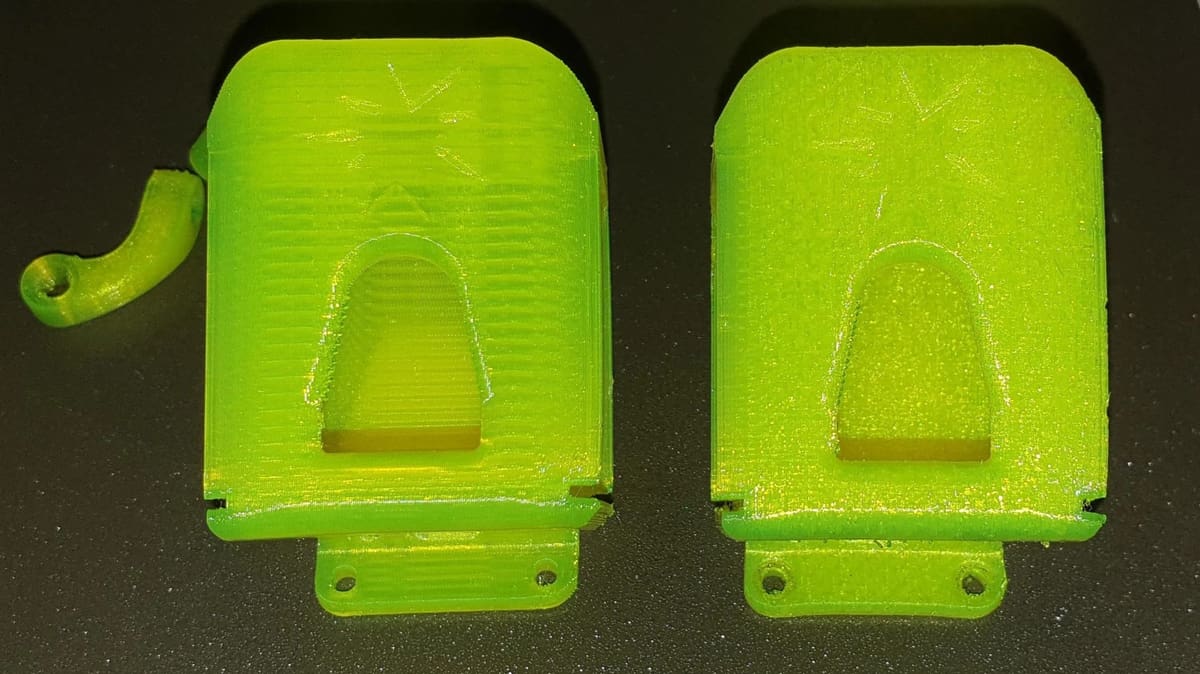
Because of its special characteristics, there are some things that are worth keeping in mind when printing TPE.
Printing Tips & Settings
Being flexible, TPE has a tendency to buckle or squeeze through any gaps in the filament path. Make sure this path is well-constrained, with no gaps or obstacles. Towards this end, a direct extrusion setup is recommended.
Additionally, retraction doesn’t work well with TPE due to its ability to stretch and compress. Disabling it is therefore recommended.
Some TPE is known to adhere too well to print surfaces, so using painter’s tape, a glue stick, or hairspray as a protective releasing agent could be beneficial.
So, to start, it’s recommended to use the following settings and setup:
- Nozzle temperature: 190-250 °C (varies)
- Bed temperature: Unheated-70 °C (varies)
- Print speed: 5-50 mm/s (higher in rare cases)
- Retraction: Minimize or disable
- Bed adhesion: Painter’s tape, glue stick, or hairspray recommended when unheated
Storage
TPE filaments are known to be hygroscopic, which means that they absorb moisture from the air. This can degrade the material, so any filament not in use should be stored in a low-humidity environment. An airtight container or bag with desiccant packs should do the job.
Now that we’ve got the basics out of the way, let’s get to our TPE picks!
ColorFabb VarioShore TPU
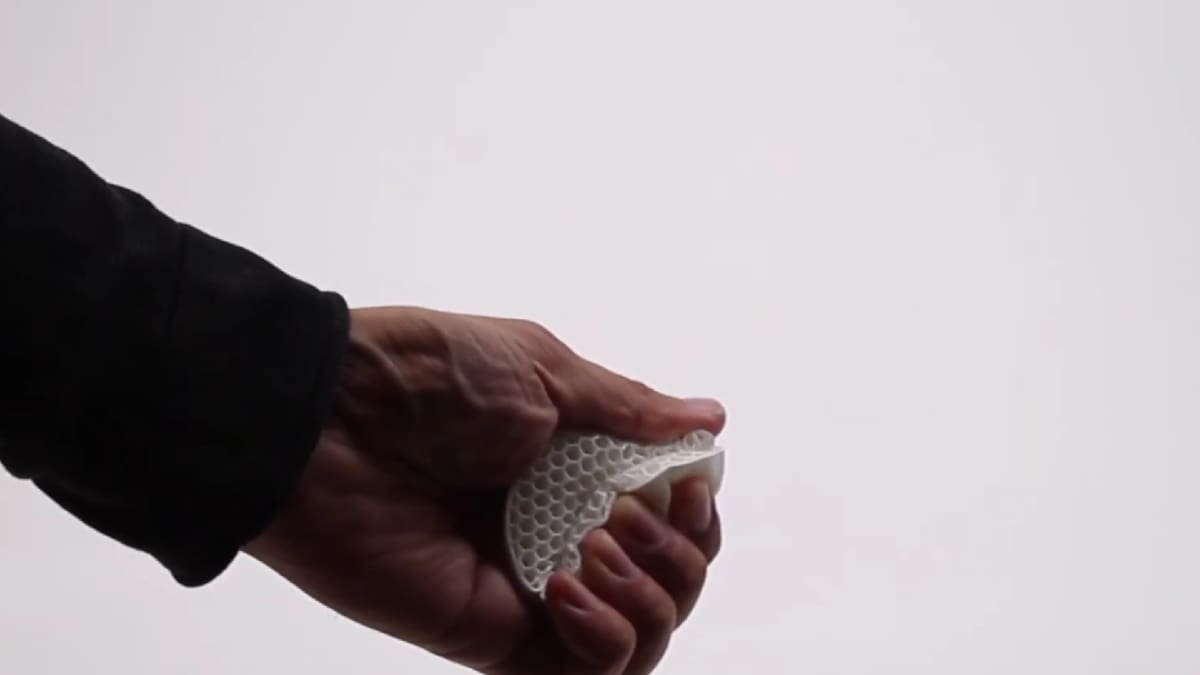
Don’t worry, we know ColorFabb VarioShore TPU is indeed TPU-based. But we include this filament as our top pick for a very specific and unique reason: its ability to vary in density, and thus hardness, by using different print temperatures.
Variation in the Shore hardness is possible via a foaming agent that’s incorporated into the material. It activates with heat and produces tiny, evenly-distributed bubbles in the print. To give you an example of how this works, this technology is widely used in the production of yoga mats.
The foaming only occurs at the hot end, so the filament still has TPU’s higher stiffness, and thus printability, at the extruder. This means that you’ll have the versatility of several filaments rolled into a single spool, with the ability to produce TPE-level softness with TPU-level printability.
ColorFabb also has some tips and tricks for using the foaming correctly when printing with this filament.
- Manufacturer: ColorFabb
- Price per kg: ~$70
- Nozzle temperature: 190-200 °C for non-foaming, 200-250 °C for foaming
- Bed temperature: 20-40 °C
- Printing speed: 20-30 mm/s
NinjaTek Chinchilla
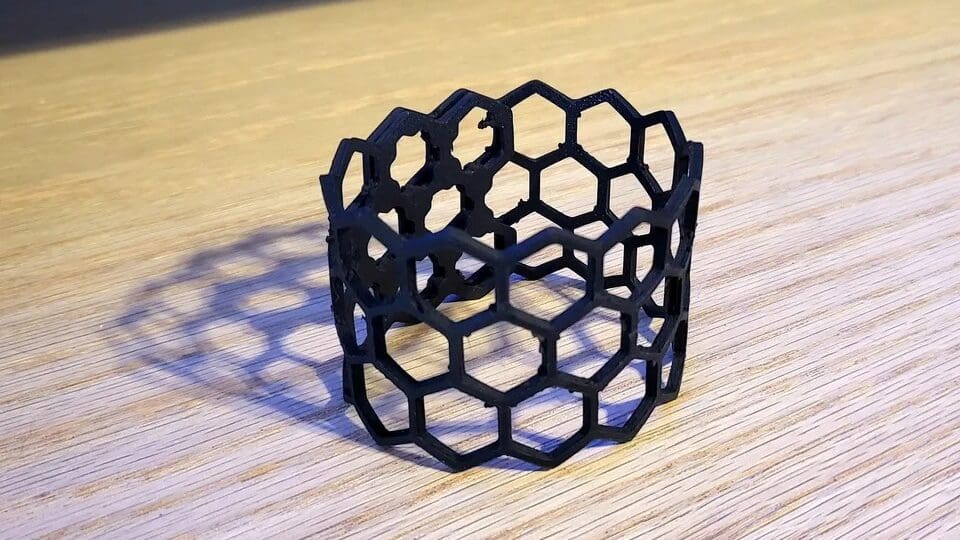
NinjaTek is fairly known in the flexible filaments world, and Chinchilla TPE is one of the softest options out there. The material is also skin-safe approved making it perfect for any wearable prints such as bracelets or even experimenting with 3D printed cloth.
Chinchilla TPE is available at almost every reputable 3D retailer, and while it does only come in gray, blue, white, or black, its high quality and incredible softness are sure to be worth it. Something to keep in mind is that some users have experienced nozzle clogs using this material, so printing slowly is key, around 15 mm/s should work great.
- Manufacturer: NinjaTek
- Price per kg: ~$110
- Nozzle temperature: 225-235°C
- Bed temperature: 40 °C
- Printing speed: 10-20 mm/s
Filaflex 82A Original
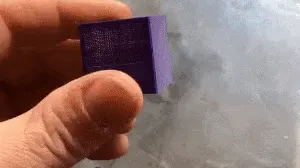
Filaflex is the “flagship in the fashion world”, or so its company claims. Made by Spanish-based Recreus, Filaflex has been a long contender in the world of flexibles, albeit it’s not as widely available.
On paper, Filaflex 82A is very similar to NinjaFlex (which we’ll get to later), though it’s slightly softer at 82A and marginally cheaper by weight. What sets it apart is its wide range of colors. Beware of Filaflex’s extra stretchiness, which can make extrusion a bit tricky.
- Manufacturer: Recreus
- Price per kg: ~$70
- Nozzle temperature: 210-240 °C
- Bed temperature: Heated bed not needed
- Printing speed: 20-110 mm/s
Fillamentum Flexfill TPE 90A
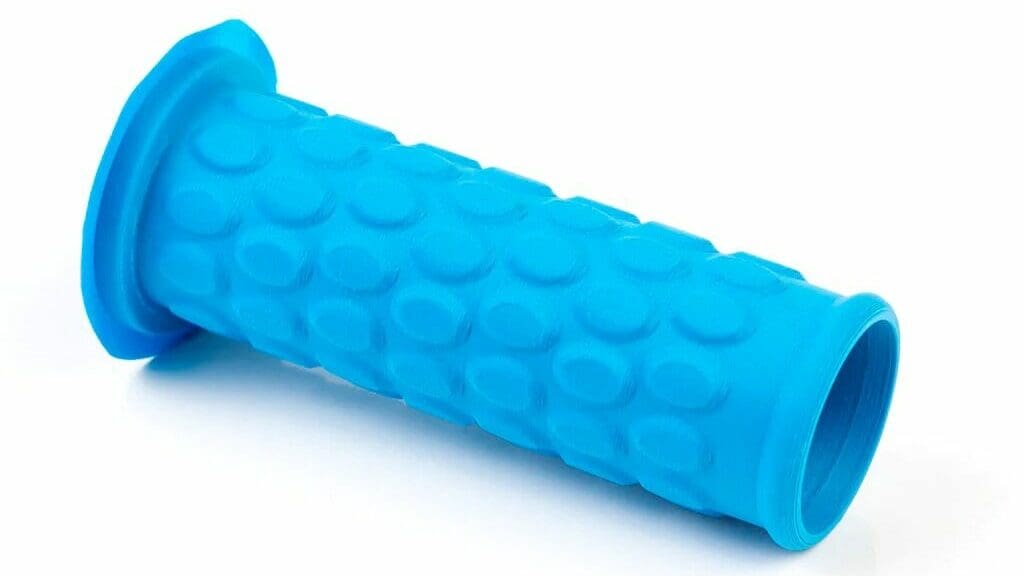
This next material is called Flexfill TPE 90A from Fillamentum, creators of some of the most loved 3D printing filaments. What’s special about this TPE is that it’s been approved as a food-safe material, meaning that you can use it to print any type of item that interacts with food, expanding the realm of what you can do with your printer.
Something to keep in mind though is that the ridges created by 3D printed layers can trap bacteria, so 3D prints should either be cleaned very well between uses or should be single-use items.
Flexfill is available in multiple colors, including Sky Blue and Signal Red, to add some pizzazz to your flexible designs. There is a risk of the filament being tangled up in the extruder due to its softness, something that can easily be fixed by turning off retraction.
- Manufacturer: Fillamentum
- Price per kg: ~$70
- Nozzle temperature: 225-245 °C
- Bed temperature: 50-60 °C
- Printing speed: 15-25 mm/s
FormFutura Flexifil
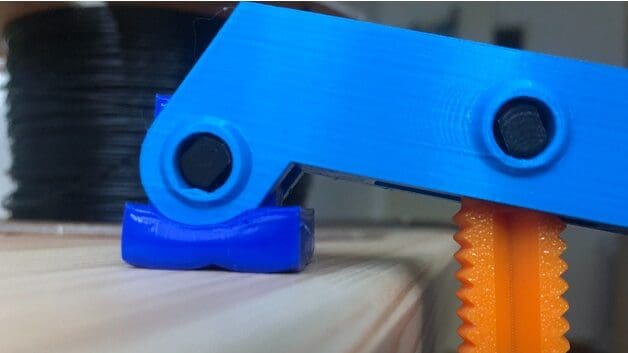
Being one of the softest filaments on this list, with a hardness of 45D, paired with excellent chemical resistance and the promise of “flexural memory” (an object will always return to its original shape after being bent), FormFutura’s Flexifil is perfect for structural applications such as vibration dampers and brackets.
Available in a range of colors and both 1.75-mm and 2.85-mm sizes, the premium price is sure to make it a great all-rounder for specialized prints that require the perfect combination of strength and softness. Just be sure to print slowly enough so your printer can grip the very soft material and not get clogged!
- Manufacturer: FormFutura
- Price per kg: ~$70
- Nozzle temperature: 220-260 °C
- Bed temperature: 90-110 °C
- Printing speed: 20-40 mm/s
eSUN eLastic TPE
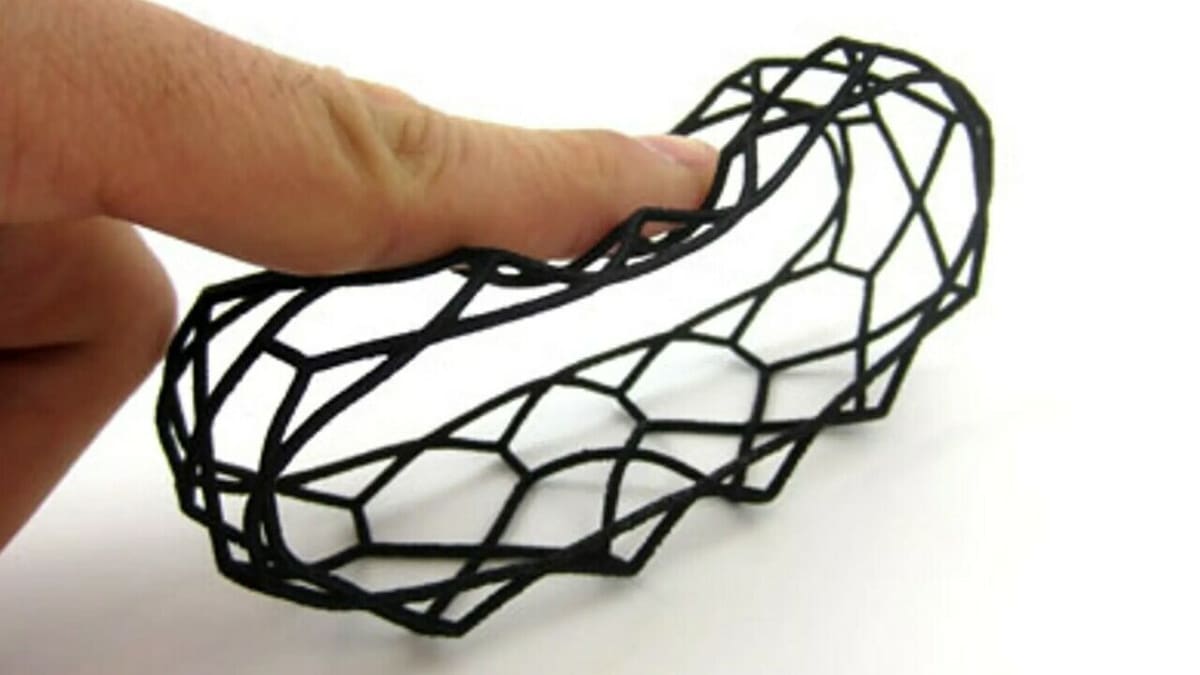
This next TPE is perfect for makers who are getting started printing with the material, and who want to get a taste for what it offers without breaking the bank. eSUN’s eLastic TPE-83A is a perfect budget option, combining great price with high quality and ease of use due to it being less flexible than some other materials on this list, allowing your printer to better load the material.
Although only available in black and white, its price and ease of use make this filament an easy choice when deciding on a TPE. One tip for reliable printing in using this filament is to loosen the tension of your extruder gears, helping to guide the material strand more smoothly into the hot end and prevent any mishaps.
- Manufacturer: eSun
- Price per kg: ~$40
- Nozzle temperature: 220-250 °C
- Bed temperature: 45-60 °C
- Printing speed: 20-50 mm/s
NinjaTek NinjaFlex
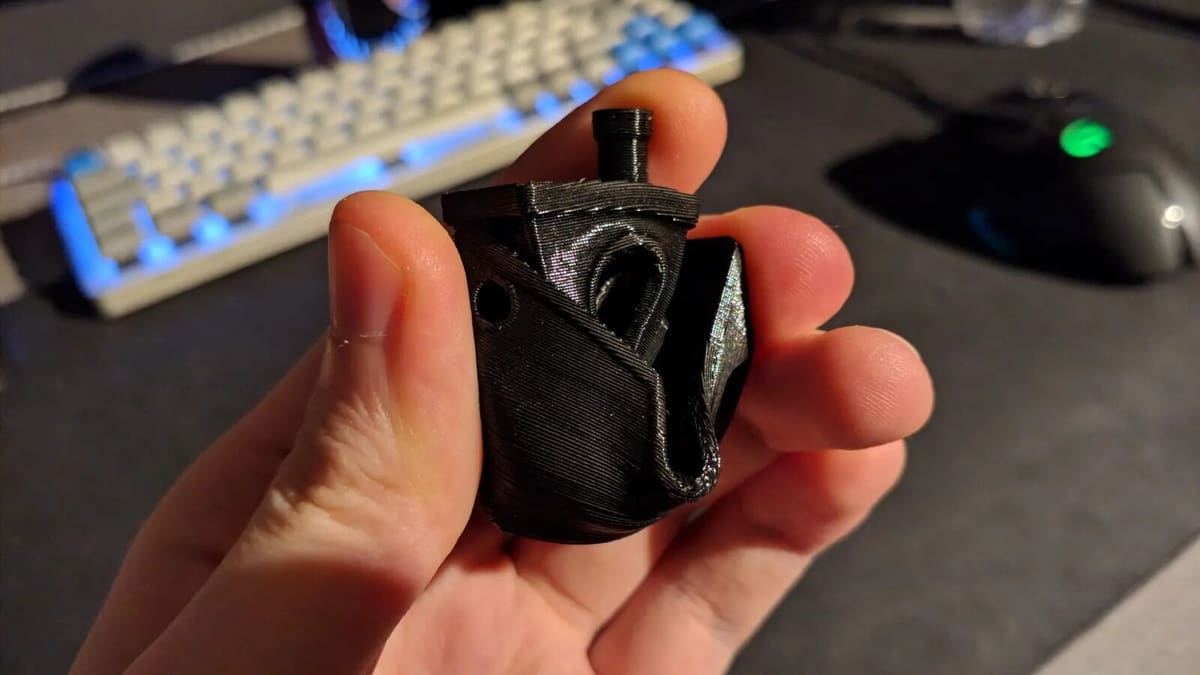
Loved by thousands around the world, NinjaTek’s NinjaFlex has made quite a name for itself in the 3D printing universe. It’s satisfyingly soft, squishy, and non-slip – great for phone cases, dampeners, or even shoes! Although it’s based on TPU material, its 85A hardness puts it in the range of TPE-softness.
For a premium price, you’ll get premium colors and good printability (for a flexible, at least). It may not have fancy new foaming features, but NinjaFlex easily earns a top spot for its tried-and-true quality.
- Manufacturer: NinjaTek
- Price per kg: ~$72
- Nozzle temperature: 210-235 °C
- Bed temperature: 20-50 °C
- Printing speed: 10-35 mm/s
Filaflex 70A Ultra-Soft
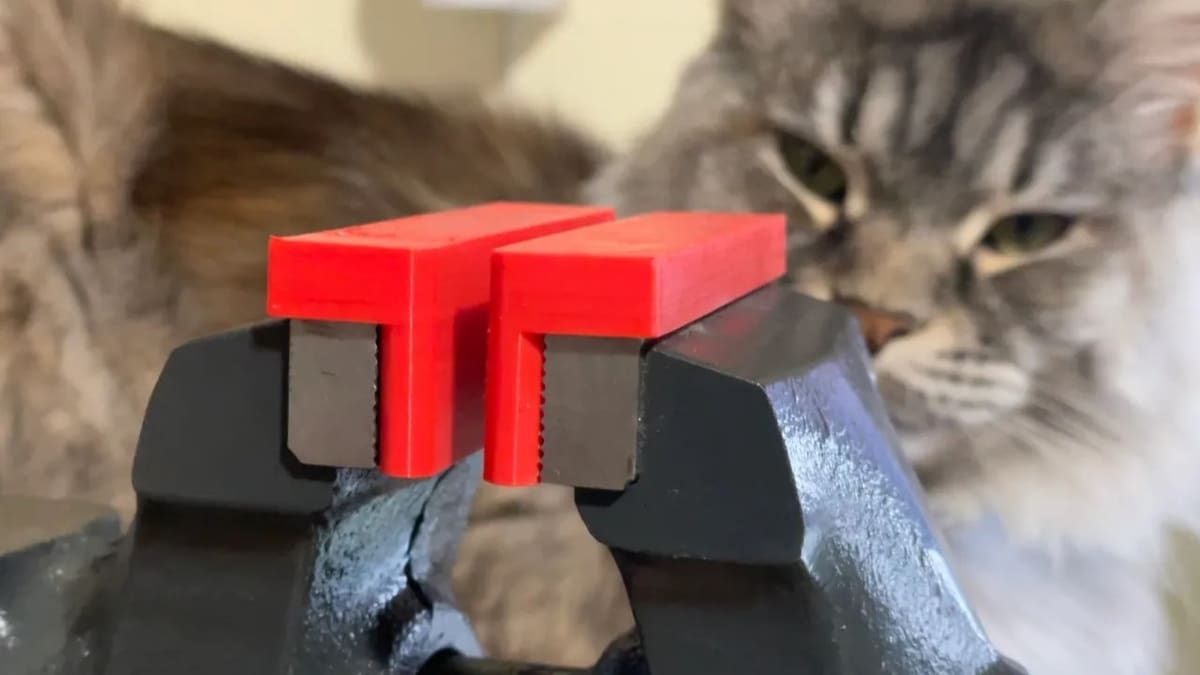
Next up is another offering from Recreus: Filaflex 70A Ultra-Soft. This stuff is no joke: Tailored towards wearables and the shoe industry, its 70A hardness (or rather, extreme softness) puts it far out on the frontiers of consumer 3D printing.
Maybe best left to the ambitious who have experience tweaking settings and know how to work with more challenging materials, the Filaflex 70A Ultra-Soft is sure to get you one-of-a-kind results.
- Manufacturer: Recreus
- Price per kg: ~$90
- Nozzle temperature: 210-235 °C
- Bed temperature: Heated bed not needed
- Printing speed: 20-50 mm/s
BASF Ultrafuse TPU
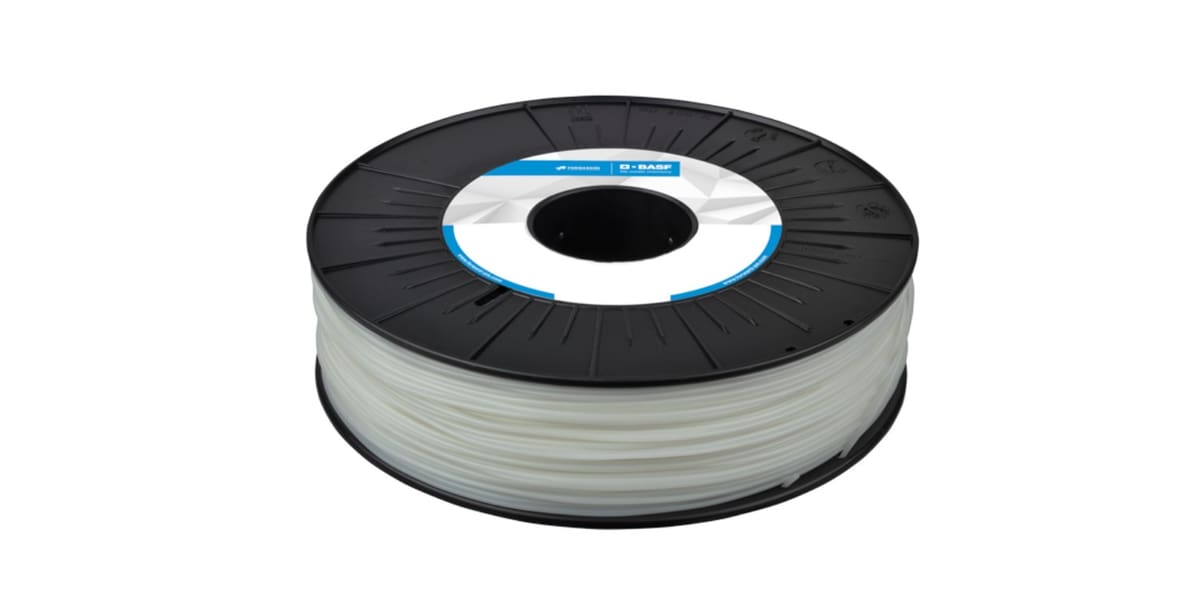
Brought to the 3D printing space by one of the world’s leading materials companies, BASF, Ultrafuse TPU is a perfect combination of strength, flexibility, and chemical resistance. Although this material is technically a TPU, its 85A hardness puts it well into this article’s TPE hardness, and its incredible properties meant that we just had to include it.
Available from most 3D printing suppliers, this incredible material should absolutely be on your list for any functional TPE printing projects. Printing with Ultrafuse TPU is pretty straightforward, just follow the general suggestions for TPU and it should print incredibly reliably.
- Manufacturer: BASF
- Price per kg: ~$70
- Nozzle temperature: 200-220 °C
- Bed temperature: 40 °C
- Printing speed: 15-40 mm/s
NinjaTek Eel
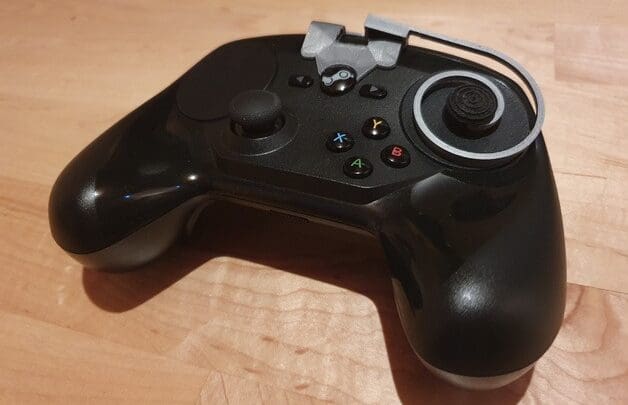
From the same makers of NinjaFlex, NinjaTek’s Eel filament is a true rarity. Though limited to black and on the expensive side, it offers what other flexibles can’t: electrical conductivity.
This hybrid nature makes it great for conductive wearables, flexible electronic traces, anti-static grippers, and the like. Though technically TPU-based, its 90A hardness puts it at the top of what we’re considering TPE, striking a nice balance between printability and softness.
- Manufacturer: NinjaTek
- Price per kg: ~$150
- Nozzle temperature: 220-230 °C
- Bed temperature: 20-45 °C
- Printing speed: 15-60 mm/s
Where Does that Leave Us?
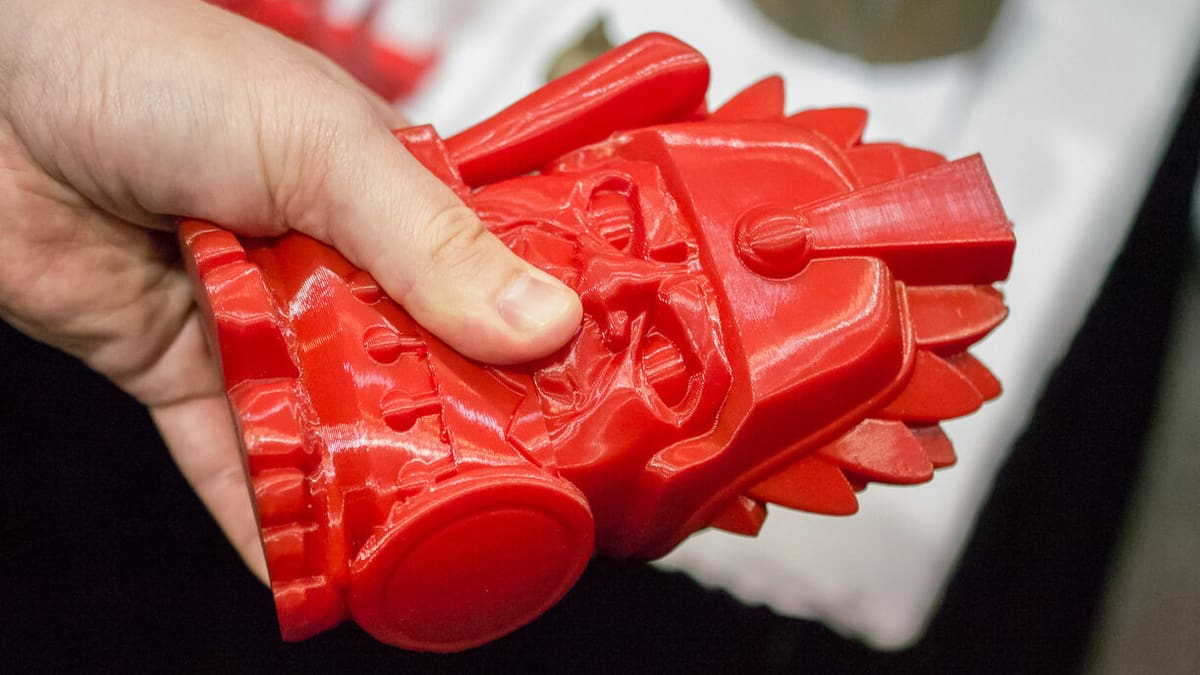
In many ways, generic TPE has fallen into the shadow of newer TPU variants. TPE’s extra softness has outdone many and purchase options have plunged in number. But sometimes, you just need the extra softness and springiness that harder TPU just can’t offer. That’s when TPE shines.
If you’re feeling extra flexible (and brave), TPE’s squish and stretch surely won’t disappoint.
License: The text of "The Best TPE Filaments – Filament Guide" by All3DP is licensed under a Creative Commons Attribution 4.0 International License.
CERTAIN CONTENT THAT APPEARS ON THIS SITE COMES FROM AMAZON. THIS CONTENT IS PROVIDED ‘AS IS’ AND IS SUBJECT TO CHANGE OR REMOVAL AT ANY TIME.



